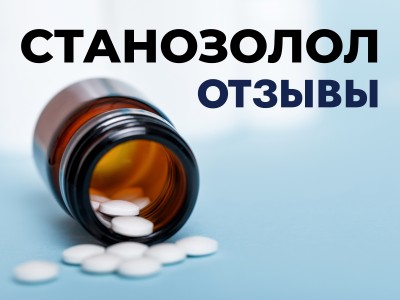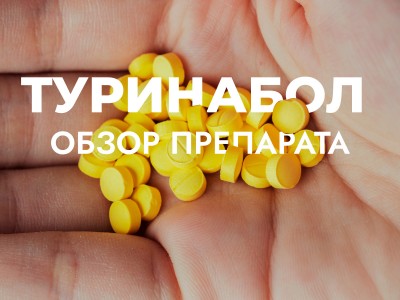In this article, we will discuss "harmless" steroidal drugs, which, when taken, result in either no side effects or minimal frequency of these "side effects."
It is essential to understand that since all steroids are synthetic analogs of the male sex hormone testosterone and its derivatives, they suppress testosterone production through a feedback mechanism when entering the body. The higher the androgen levels in the blood, the less testosterone is produced by the endocrine glands. The stronger the steroid and the higher its dosage and duration in the body, the greater the suppression of testosterone production.
Testosterone production is suppressed by inhibiting the HPG axis (hypothalamus-pituitary-gonadal axis). The hypothalamus acts as a sensor that detects the amount of sex hormones in the blood. When their physiological amount is insufficient, it signals to increase their production, and conversely, if there are many, it signals the pituitary to "slow down." Interestingly, high estrogen levels also suppress testosterone production.
The hypothalamus itself does not produce sex hormones; instead, it produces a peptide – gonadotropin-releasing hormone (GnRH), which stimulates the pituitary gland. The level of GnRH directly influences the pituitary's production of luteinizing hormone (LH). The pituitary also "monitors" hormone levels, deciding how much LH to produce.
Testosterone production by the testes is regulated by LH levels, which stimulate the testes to produce androgens. More LH results in more testosterone production by the testes. Less LH, in turn, leads to lower testosterone production.
When you take steroids, androgen levels in the blood remain high for an extended period. Consequently, LH production, especially during heavy and long cycles, drops to zero.
Over time, the testes, which do not receive stimulation and do not produce testosterone, atrophy, meaning they partially or completely lose their functionality—the ability to produce testosterone. After stopping AAS use, the body signals for LH production, but the testes have partly lost their functionality and cannot produce the same testosterone levels as before the cycle.
As a result, if during the cycle we had "sky-high" testosterone levels, post-cycle these levels are insufficient to maintain the muscle mass gained during the cycle. The consequence of low post-cycle testosterone levels is the phenomenon of "regression" - the loss of part of the muscle mass and strength gained during the anabolic steroid cycle. The extent of regression depends on how quickly you can restore natural testosterone levels through post-cycle therapy (PCT).
All anabolic steroids, without exception, suppress the body's natural testosterone production, which is primarily produced by the testes in men.
Steroids Without Side Effects
The primary side effect of steroids is the suppression of natural testosterone production and the so-called "regression phenomenon" - the partial or complete loss of muscle mass gained during the AAS cycle.
As mentioned earlier, all steroids suppress testosterone production, but some do so insignificantly. Therefore, the regression after taking such drugs is minimal or, when the above conditions are met, completely absent.
It should be noted that there are articles on the internet claiming that steroids like Sustanon (testosterone mix), nandrolone, and Anadrol have minimal regression phenomena. This information is incorrect. These drugs are strong steroids that act in the body for a long time and significantly suppress the HPG axis. For example, using testosterone preparations at a dose of 100 mg per week suppresses natural testosterone production by 50% after two weeks of use.
Steroids with Minimal Regression
These can be conditionally categorized as "steroids without side effects." They include:
-
Turinabol
-
Stanozolol
-
Primobolan
-
Oxandrolone
These steroids moderately impact the suppression of natural testosterone production. After solo cycles of these steroids, with proper post-cycle therapy, recovery is swift, resulting in minimal regression or even no regression at all.
How to Conduct a Steroid Cycle Without Side Effects
There are several ways to conduct a steroid cycle with minimal or no regression:
-
Avoid consistently high levels of AAS in the blood, for example, by using oral steroids with a short half-life only in the morning.
-
Use steroids that do not aromatize and insignificantly suppress the HPG axis.
-
Practice short steroid cycles lasting up to 6 weeks.
-
Use hCG to prevent testicular atrophy.
-
Always conduct PCT with anti-estrogens even after a mild AAS cycle.
-
Reduce training intensity by 50% for three weeks but maintain the working weights used during the cycle.
For more detailed information, read the main article: How to Conduct PCT and Minimize Regression
If you plan to use steroids and want to do so safely with minimal regression, consult our advisor. They will select the appropriate drugs and dosages according to your goals and advise you on minimizing regression post-cycle and conducting PCT correctly.


